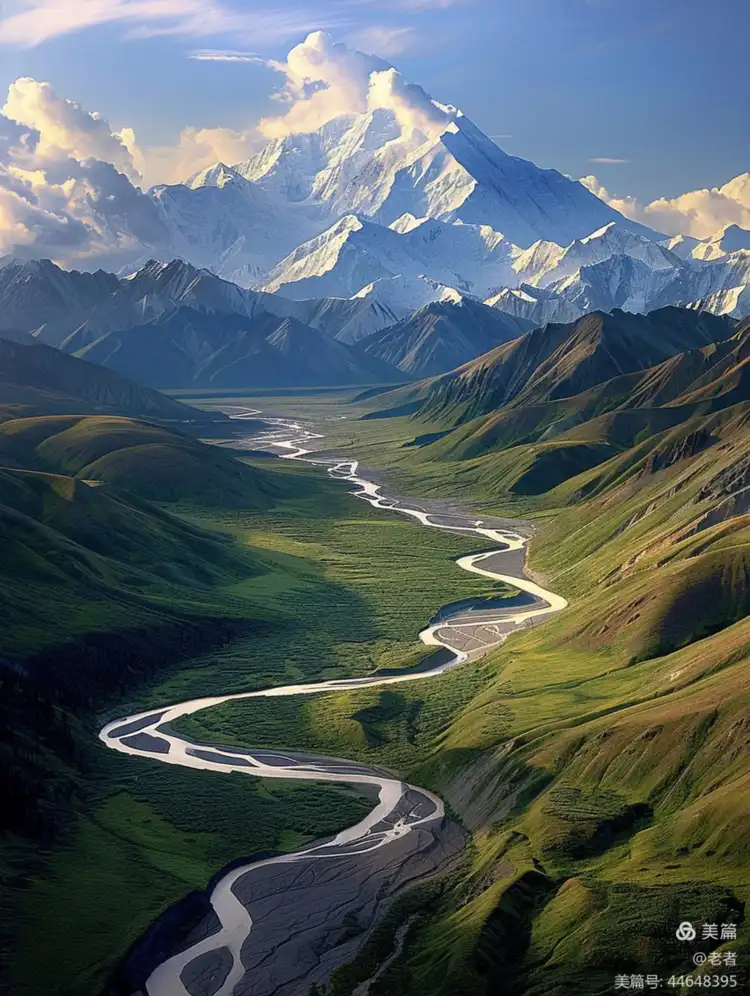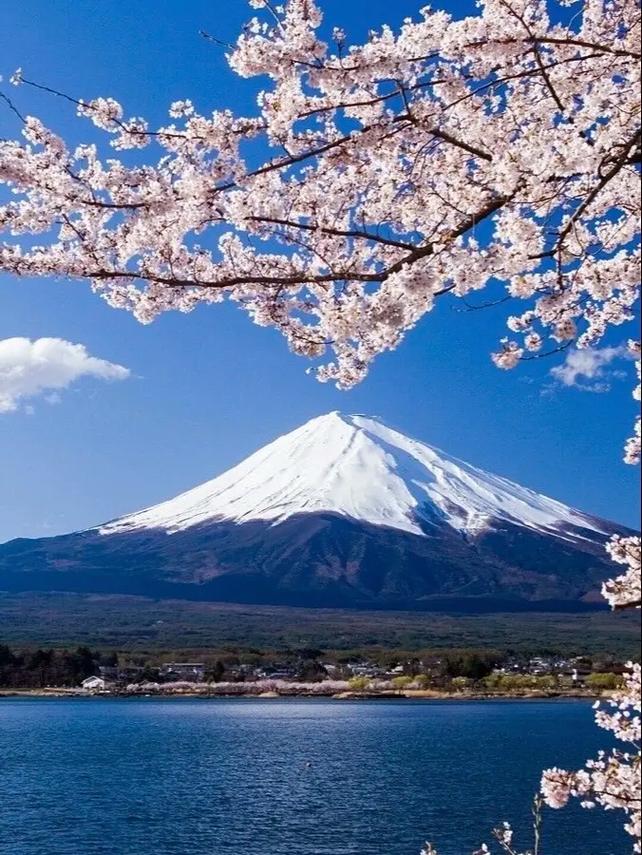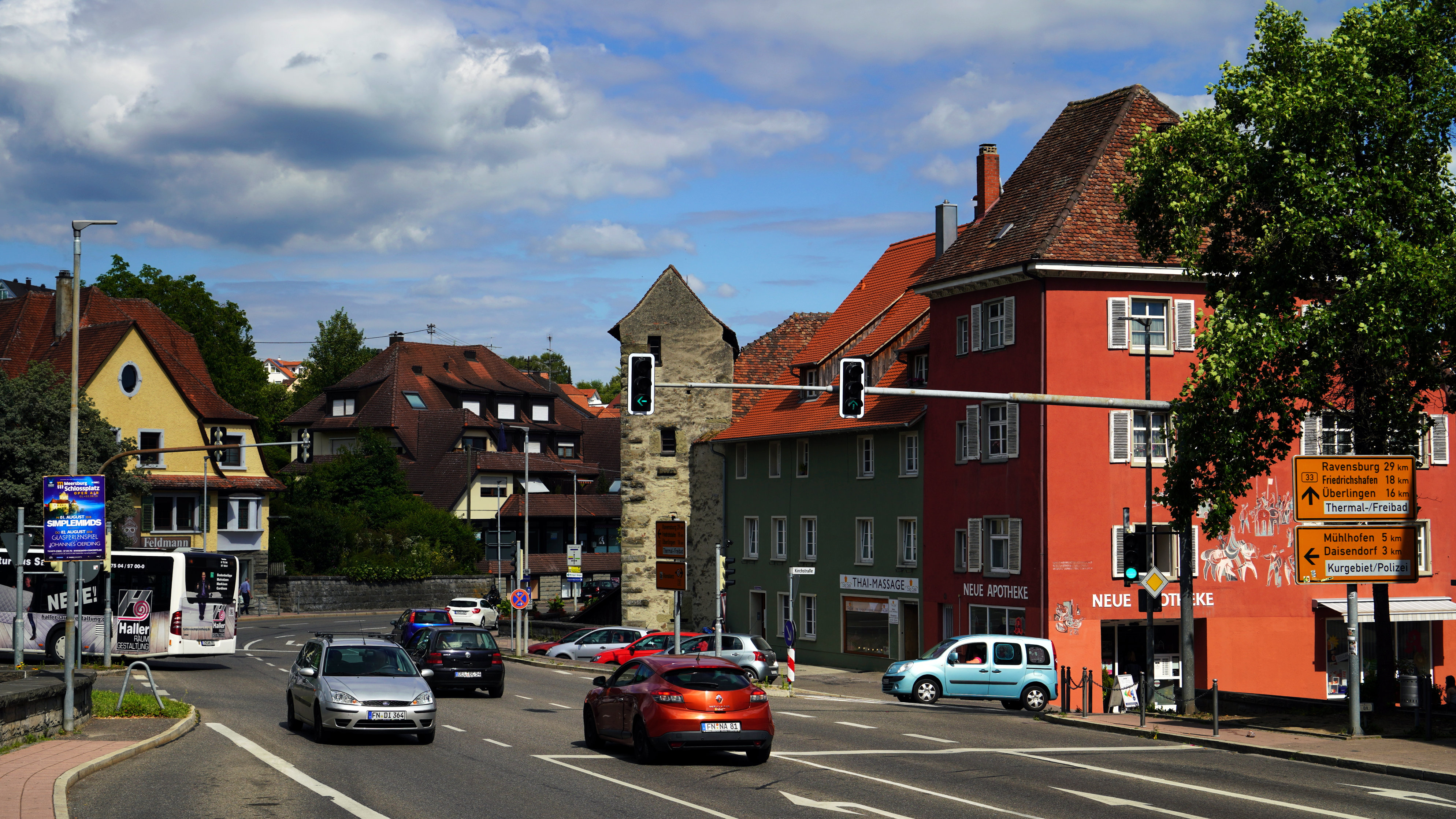Global Travel Information
Rub' al Khali, UAE/Oman
The Enigmatic Rub' al Khali: A Journey into the Empty Quarter
The Rub' al Khali, or the "Empty Quarter," is one of the most formidable and mesmerizing deserts on Earth. Spanning approximately 650,000 square kilometers across the southern Arabian Peninsula, it stretches into the United Arab Emirates (UAE), Oman, Saudi Arabia, and Yemen. This vast sea of sand is the largest continuous sand desert in the world, a place of extremes—scorching temperatures, towering dunes, and an almost surreal silence that has captivated explorers, scientists, and adventurers for centuries.

A Landscape of Extremes
The Rub' al Khali is a land of superlatives. Its dunes, some reaching heights of 250 meters (820 feet), are among the tallest in the world. These golden waves shift constantly, reshaped by the relentless winds that sweep across the desert. The terrain is not uniform; interspersed among the dunes are salt flats (sabkhas), rocky plateaus, and dry riverbeds (wadis) that hint at a time when water once flowed through this now-arid expanse.
Temperatures in the Empty Quarter are extreme, often exceeding 50°C (122°F) in summer, while winter nights can plunge to near freezing. Rainfall is scarce, averaging less than 35 millimeters (1.4 inches) per year, making it one of the driest places on Earth. Yet, despite these harsh conditions, life persists—hardy desert flora like the ghaf tree and resilient wildlife, including Arabian oryx, sand foxes, and reptiles, have adapted to survive in this unforgiving environment.
Historical and Cultural Significance
The Rub' al Khali has long been shrouded in mystery. For centuries, it was considered an impenetrable wasteland, feared by Bedouin tribes who only ventured into its fringes. The desert’s name, "Empty Quarter," reflects its reputation as a place devoid of permanent human settlement. However, archaeological discoveries have revealed that this was not always the case.
Ancient trade routes once crossed parts of the desert, linking the civilizations of Arabia with Mesopotamia and the Indus Valley. Ruins of lost cities, such as Ubar (often called the "Atlantis of the Sands"), suggest that the region was more hospitable in antiquity. Bedouin oral traditions speak of hidden oases and vanished tribes, adding to the desert’s mystique.
In modern times, the UAE and Oman have embraced the Rub' al Khali as a symbol of their heritage. The desert features prominently in Emirati and Omani culture, inspiring poetry, folklore, and even contemporary tourism initiatives.
Exploration and Adventure
The Rub' al Khali has lured explorers for generations. British adventurer Wilfred Thesiger famously crossed the desert in the 1940s, documenting his journey in Arabian Sands. His accounts paint a picture of a stark yet beautiful world, where survival depended on the knowledge and hospitality of Bedouin guides.
Today, the desert attracts thrill-seekers and researchers alike. Off-road expeditions, dune bashing, and camel treks offer visitors a taste of the Empty Quarter’s grandeur. Luxury desert camps in the UAE and Oman provide a comfortable base for stargazing and experiencing traditional Bedouin hospitality. Meanwhile, scientists study the desert’s geology, climate patterns, and potential for renewable energy projects, such as solar farms.
Conservation and the Future
As human activity encroaches on the Rub' al Khali, conservation efforts have become increasingly important. Protected areas, such as the UAE’s Arabian Oryx Sanctuary and Oman’s Empty Quarter Desert Reserve, aim to preserve the fragile ecosystem. Sustainable tourism initiatives encourage responsible exploration, ensuring that future generations can experience the desert’s majesty.
The Rub' al Khali remains a symbol of nature’s power and resilience. It is a place where time seems to stand still, where the shifting sands tell stories of ancient civilizations and untamed wilderness. For those who venture into its depths, the Empty Quarter offers not just a journey across a desert, but a voyage into the soul of Arabia.
Conclusion
The Rub' al Khali is more than just a desert—it is a testament to the extremes of nature and the enduring spirit of those who navigate its vastness. Whether through the lens of history, adventure, or conservation, the Empty Quarter continues to inspire awe and reverence. As one of the last great wildernesses on Earth, it stands as a reminder of the planet’s raw beauty and the importance of preserving such extraordinary landscapes.
相关文章
- Elbe River Botanical Gardens: Flowers & Plants Along the Banks
- Elbe River Zoos & Aquariums: Family Fun Near the River
- Elbe River Amusement Parks: Rides with River Views
- Elbe River Camping Spots: Pitch a Tent by the Water
- Elbe River Glamping Sites: Luxury Camping Along the Banks
- Elbe River RV Parks: Stay in Your Camper Near the River
- Elbe River B&Bs: Cozy Accommodations with a Personal Touch
- Elbe River Hostels: Budget Stays for Young Travelers
- Elbe River Business Travel Guide: Meetings & Events Near the Water
- Elbe River Conference Venues: Spaces with River Views
发表评论
评论列表
- 这篇文章还没有收到评论,赶紧来抢沙发吧~


